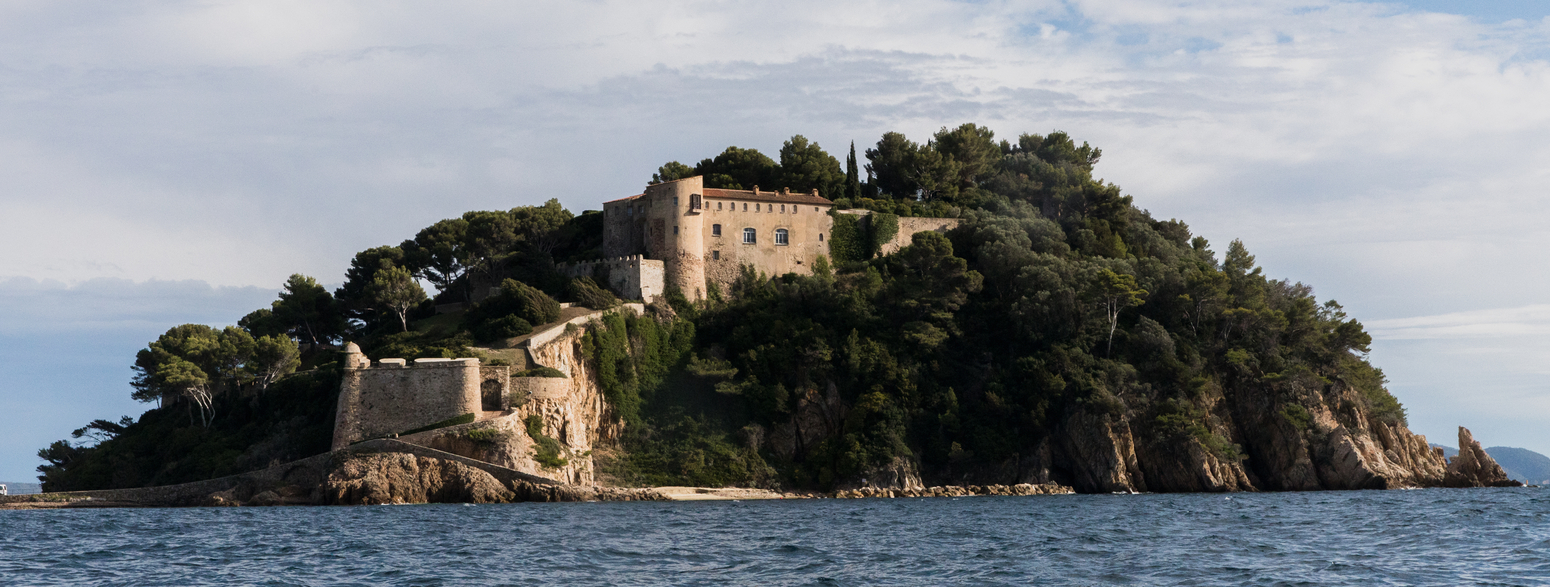History of the Fort
Located in the municipality of Bormes-les-Mimosas, the Fort of Bregançon stands on a rocky promontory thirty metres above the sea. It is a strategic site, providing respite from the easterly wind and a watch point for the harbours of Hyères and Toulon.
In the 6th century, Greek geographer Etienne de Byzance mentioned a small village named Pergantium: the site's occupation is evidenced by the shape of a port or small, fortified conurbation.
In the Middle Ages, the site became a fortified seigneurial residence, first under the authority of the counts of Provence; it then entered the Crown’s estate in 1246, following the marriage of Béatrix de Provence to Charles d’Anjou, brother of Louis IX.
In the early modern period (16th to 18th centuries), the fort was separated from the royal domain and managed by the royal administration, which assigned it a purely military purpose. It was armed and redesigned for the defence of the French coast.
In October 1564, on their journey around the kingdom of France, Catherine de’ Medici and her son Charles IX stopped there for dinner.
During the Revolution, Bonaparte, named Inspector of the Coasts after taking back Toulon from the royalists, discovered the fort. Once in power, he equipped it with significant artillery including 23 cannons.
In the 20th century, after World War I, the fort was decommissioned as a military site but listed as a picturesque site in 1924. The State made it available for lease, and the French industrialist and political figure Robert Bellanger moved in and started major works on the building, installing running water, electricity and a seawall. He received many well-known figures there, including the presidents of the Fourth Republic René Coty and Vincent Auriol.
During World War II, the fort was requisitioned by a German Army company; Bellanger was forced to leave until the war ended.
In 1964, the President of the Republic stayed at the fort during the commemorations of Operation Dragoon (the Allied landing in Provence). The fort and the island were listed as historic monuments on 25 September 1968 and acquired the status of presidential residence.
Visit the Fort of Bregançon

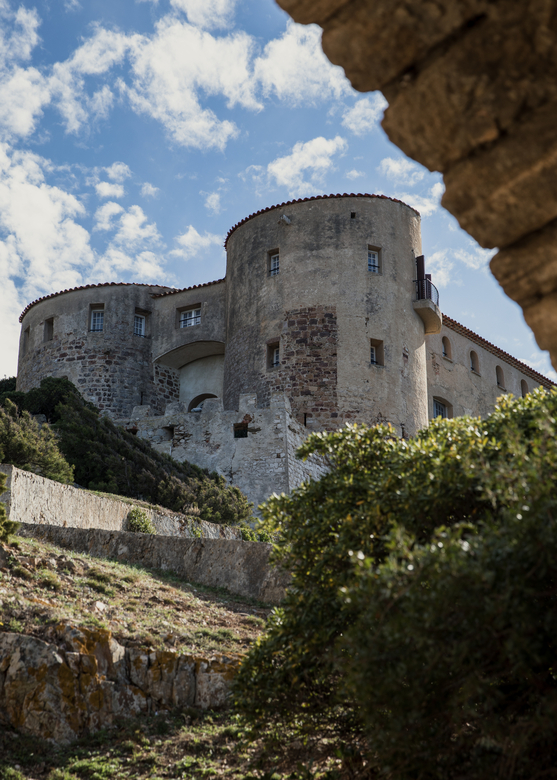
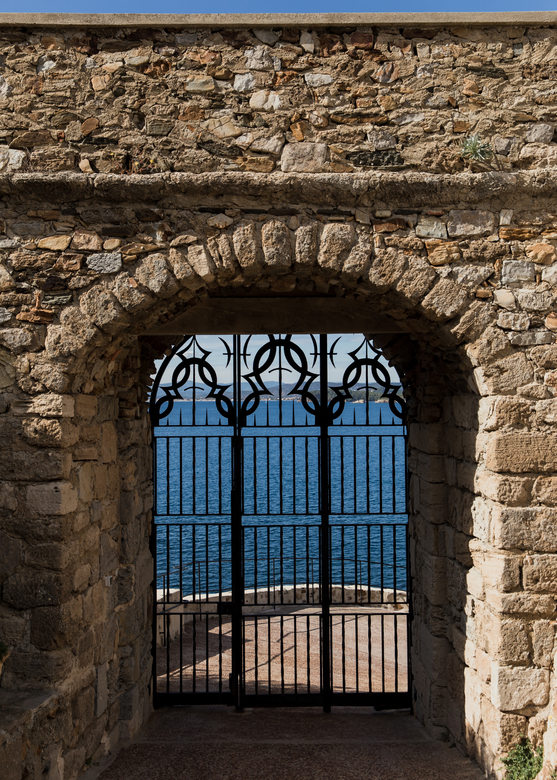
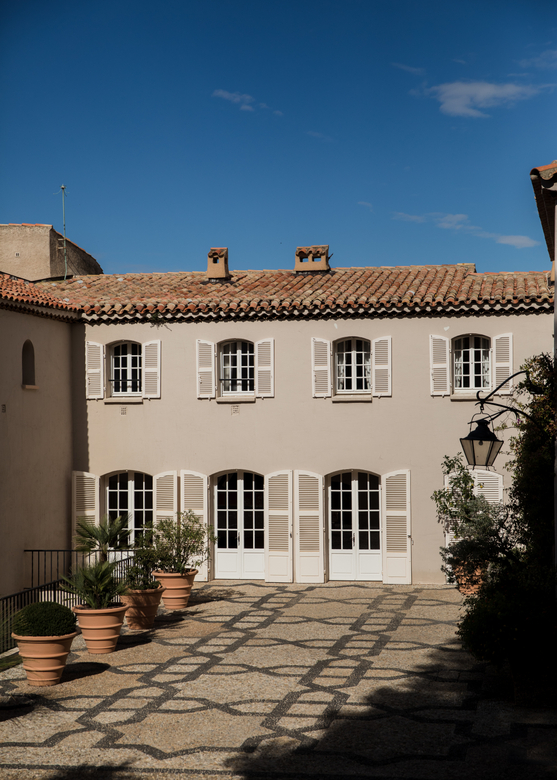
The presidents of the Fifth Republic and the fort
General de Gaulle only spent a single night (and a very unpleasant one at that, due to mosquitos and the bed being too small) at the Fort de Bregançon, on the occasion of the commemoration of Operation Dragoon in August 1964. While he didn't much appreciate the fort, he accorded it the status of presidential residence in 1968, mainly to receive foreign heads of State in the south (which was not possible in any prefecture previously) and especially Mediterranean guests in the tense political context of decolonization. Pierre-Jean Guth, an architect in the French Navy and winner of the Prix de Rome, transformed the fort into a pleasant residence, while respecting what remained of the ancient fortress.
Georges Pompidou, who was fond of the site, opened its doors to the media and brought them into the private presidential areas. He made Bregançon the residence of the presidents of the Fifth Republic, just as the Château de Vizille was for the presidents of the Fourth Republic. He brought in artists and designers such as Pierre Paulin to refurbish the furnishings.
Valéry Giscard d’Estaing liked the Fort de Bregançon and followed on in his predecessors footsteps, staying there on several occasions. He revived the fort with the image of a young president, and stayed there with his family.
François Mitterrand, however, did not particularly like the fort. Nevertheless, starting in 1986, he stayed there for work meetings: he received the SNCF strikers in early 1987 and two foreign heads of State the Irish Prime Minister Garret Fitzgerald and German Chancellor Helmut Kohl.
Jacques Chirac particularly appreciated the fort because of its location in the Var département where he lived as a child. In addition, by spending time at the fort, he followed in the footsteps of his mentor: Georges Pompidou. Furthermore, his wife Bernadette also appreciated the region and became the Chairwoman of the Corso Fleuri festival in Bormes-les-Mimosas. On 16 August 2004, the President received Algerian President Abdelaziz Bouteflika.
Nicolas Sarkozy spent time at the fort, and received Condoleezza Rice, a specialist in soviet Russia, during the handling of the Russo-Georgian conflict in August 2008.
François Hollande felt no particular attachment to the Fort de Bregançon, which is why he ended its status as presidential residence and opened the site to the public, assigning its management to the Centre of National Monuments.
Emmanuel Macron, while leaving the fort open to the French people, decided to reinstate it regularly as a residence, especially during summer trips, when he relaxes with his family while also organizing work meetings, such as the visit of British Prime Minister Theresa May in August 2018; Russian President Vladimir Putin in August 2019 on the eve of the G7 in Biarritz, and Chancellor Angela Merkel in summer 2020.
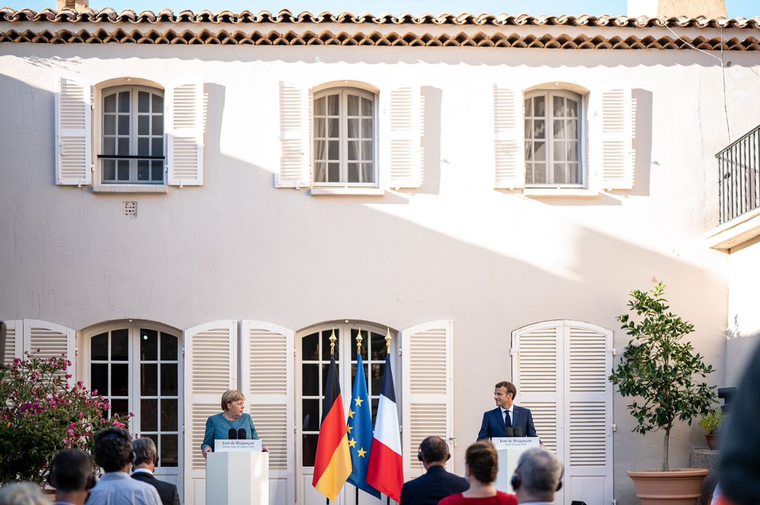
Back to the introduction to the other presidential residences

Updated : 14 December 2022
